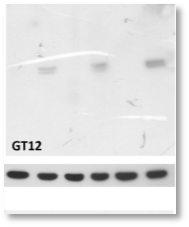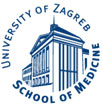#UZSM-001
SUMMARY
Standardized antibacterial susceptibility testing of new chemical entities and biological extracts against standard and typed major bacterial pathogens.
BACKGROUND
Antibacterial susceptibility testing is used in drug discovery projects to evaluate the activity of new substances against target bacterial pathogens. Standardized antibacterial susceptibility testing ensures determination of minimal inhibitory concentrations of novel chemical entities and biological extracts according to the current EU and US standards for efficacy and safety testing (CLSI, EUCAST). These standards are essential for demonstrating the antibacterial activity of products and their compliance with regulations.
FEATURES AND KEY BENEFITS
The primary susceptibility screening includes testing on a panel of sensitive strains: Staphylococcus aureus ATCC 29213, Enterococcus faecalis ATCC29212, Moraxella catarrhalis ATCC 23246 and Escherichia coli ECM1556 (TolC-Tn10) and includes standard antibiotic quality control. Secondary screening extends testing against a variety of bacterial pathogens according to targeted indication or resistance pattern. Substances are tested in microtiter plates, in serial dilutions using standard optimized media.
AVAILABLE
for service, contract research collaboration
CONTACT
Mihaela Peric, Centre for Translational and Clinical Research, University of Zagreb School of Medicine, Šalata 2, 10000 Zagreb, Croatia; mihaela.peric@mef.hr




